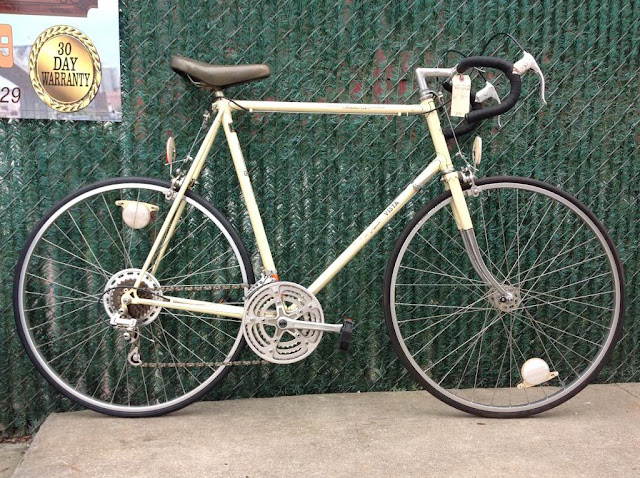Back in my youth (yes, I had one of those!), I bought a Schwinn Continental. It was available in several colors. One, as I recall, was called "Kool Lemon."
In fact, several Schwinn models were available in that hue. One, a "muscle" bike with a "banana" seat and stick shifter (that may account for at least some of the decrease in birth rates), was called the "Lemon Peeler."
Somehow I'm surprised that Schwinn never offered a bike like this:











